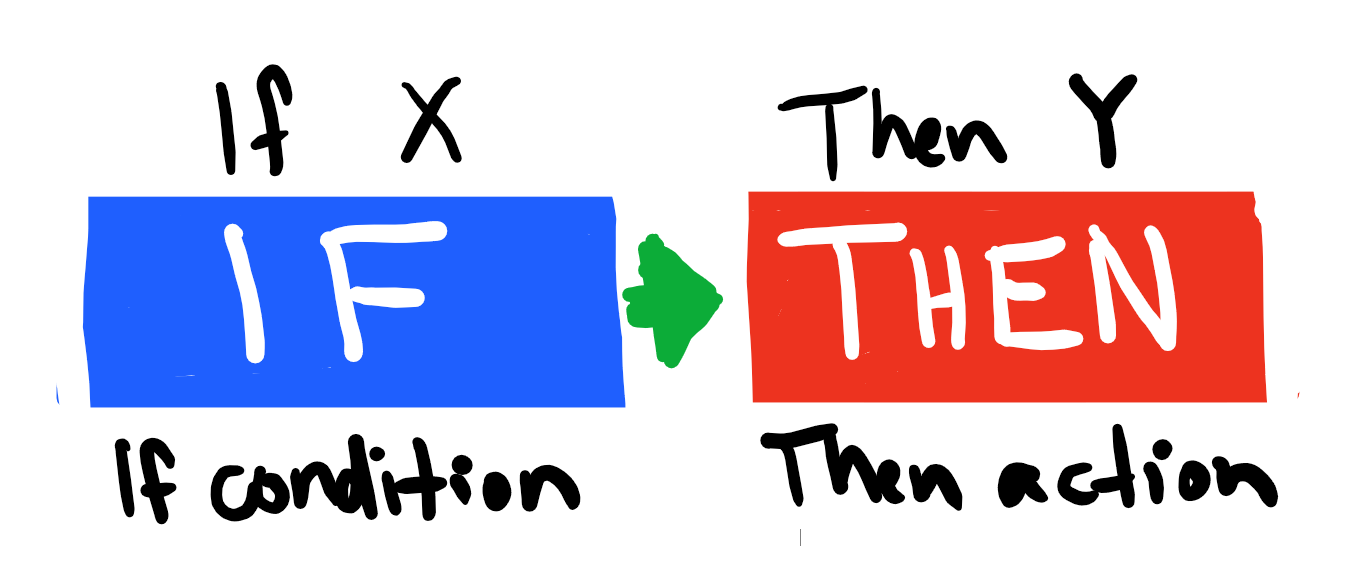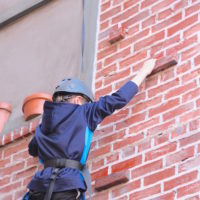How might we talk to students in a way that encourages use of and progression in learning habits? What student self-talk are we trying to establish?
Learning talk
One of the reasons why the process of learning has not been much talked about, up to now, is simply that we have not had a very good vocabulary with which to do so. Helping students become better learners isn’t just a matter of ‘respecting’ them, or talking to them in a way that is ‘student-centred’ — though of course these are good things. By having specific words to talk about ‘capitalising’ or ‘distilling’, for example, we can bring deep aspects of the learning process into clearer focus.
6a. Discussing and nudging the learning process
The questions in the panel opposite illustrate the kinds of things that teachers can encourage students to pay attention to. Instead of skipping quickly on to ‘the right answer’, they are asked to slow down and notice and appraise the strategies and steps they are using along the way. This helps students to become more reflective and thoughtful about their own learning. They are being encouraged to explore and compare different strategies for making progress. This helps them become more flexible and resourceful in the face of difficulty, and to get into the habit of looking for alternative ways of proceeding if their first tack turns out not to work. They are being encouraged to develop the habit of thinking for themselves about what helpful knowledge or strategies they might already possess that could help them out in this situation, and thus to become more independent and resourceful.
6b. Providing feedback in learning
Providing specific, timely and focused feedback can boost the learning of students by an extra eight months during an academic year.(EEF,2017b) But feedback interventions can also slow down learners. Feedback can be minute to minute and day by day to shape classroom activity. The ultimate aim is to prompt deeper-level learning (where to next) and change what teachers and students do next and thereby speed up the learning process. Research shows students progress faster when teachers;
- explain how they got it right rather than how they got it wrong
- leave out praise, reward or punishment in feedback. They have little effect and offer no information for moving on
- are positive about errors made
- offer cues on specific strategies
- emphasise success on challenging tasks through effort
- look out for and acknowledge self-corrected errors
- praise the effort or engagement in the task NOT the individual.
The learning language can lead to discussions with students about what it takes to distil useful, transferable ideas out of their learning experience, how to do it, and when and why doing so helps you learn more powerfully. Or how music helps you to become ‘absorbed’, or to ‘manage distractions’. Or when ‘putting yourself in someone else’s shoes’ is a smart learning thing to do (and when it isn’t).
It’s all about effort
Turning nudges into useful statements
‘I often used to just tell students to make more effort, and got blank stares back. But when I started using BLP language I realised I could be much more specific about “making more effort.” I could turn my prompts and nudges into really useful statements. So now I watch students carefully through the BLP lens and say things like “how could you use your imagination to…?”, Or, “what questions might be helpful to take you further with this?” I’ve started defining the sort of effort I want them to make’.
Secondary Teacher
6c. ‘Could be’ language to open possibilities
Learning power is activated by the use of more tentative, could be kinds of language. Specifically, if you say definitively that something is the case, students take it literally and try to remember it. But if you say, of the same thing, that it could be the case, they become more engaged, more thoughtful, more imaginative, and more critical. That ‘could be’ invites students to become more active, inquisitive members of the knowledge-checking, knowledge-developing community, rather than to see themselves as merely doing their best to understand and remember something that is already cut and dried.
Could be language itself helps to build a number of different learning muscles. Could be encourages discussion and builds interdependence, the confidence and ability to voice your own ideas, and take part in public exploration. Could be invites questioning — “How else?”, “What if?” or “Who says?”. Could be helps you to develop reasoning as you practise being more critical, analytical and thoughtful in your thinking. Could be is the space in which creativity is born.
In short…‘Is language’ positions students as knowledge-consumers. Their job is to try to understand and remember. But ‘Could-Be language’ immediately invites students to be more thoughtful, critical, or imaginative about what they are reading or hearing.

‘I used to ask leading questions which structured their thinking towards the “right” answer that I wanted, but that was too much scaffolding. So now I use an inquisitive tone and nudge them to work things out for themselves. It’s always surprising what students can find out for themselves when you let them.’
Secondary Teacher
6d. Combating negative self-talk
If a student says ‘I can never understand what my teacher is going on about’, or ‘Maths is always too hard for me’, they betray a view of learning which is pessimistic and unlikely to cultivate the kind of persistence that more optimistic accounts of events might bring. ‘Always’ or ‘never’ can breed a kind of learned helplessness. BLP teachers are keen to help students to re-frame such perceptions by making use if If-Then suggestions. So the two examples above might become:
‘I am finding it really hard to understand this today – maybe I should look back at what I did last time.’
‘I know I can get stressed when I have to calculate angles, so I’ll look at my checklist to remind me how I get started.’

Some learning language to nudge learning
Some ways to talk about learning
Some learning targets you might set

- If I get stuck then I will think back and ask myself what I did last time.
- If I get stuck then I will look at our ‘Stuck Poster’ for ideas to help me.
- If I am finding something tricky, then I will remind myself that I am about to learn something new.
- If I am struggling then I will try to explain to myself why I am stuck.

- If I am not sure what to do, then I will look back at our ‘Question Wall’ for good questions that I might ask.
- If I am presented with something as ‘a fact’, then I will ask myself ‘Do I believe this?’ or ‘Is this always true?’.
- If I am feeling very confused, then I will stop and think what is the most important thing that I still need to find out.

- If we are working as a group, then I will make sure that we all know who is going to be responsible for which bit of the task.
- If I am working as part of a team, then I will make sure that I say what I think and I will listen carefully to what others are saying.
- If we have completed the task, then I will take time to consider how I could have made an even better contribution to the team effort.

- If I am working on something, then I will stop occasionally and ask myself how well I am getting on.
- If my teacher offers me advice, then I will think about what they say because they are trying to help me.
- If I’m working on something then I will ask myself why I think it’s okay/good/like the success criteria.



Comments are closed.